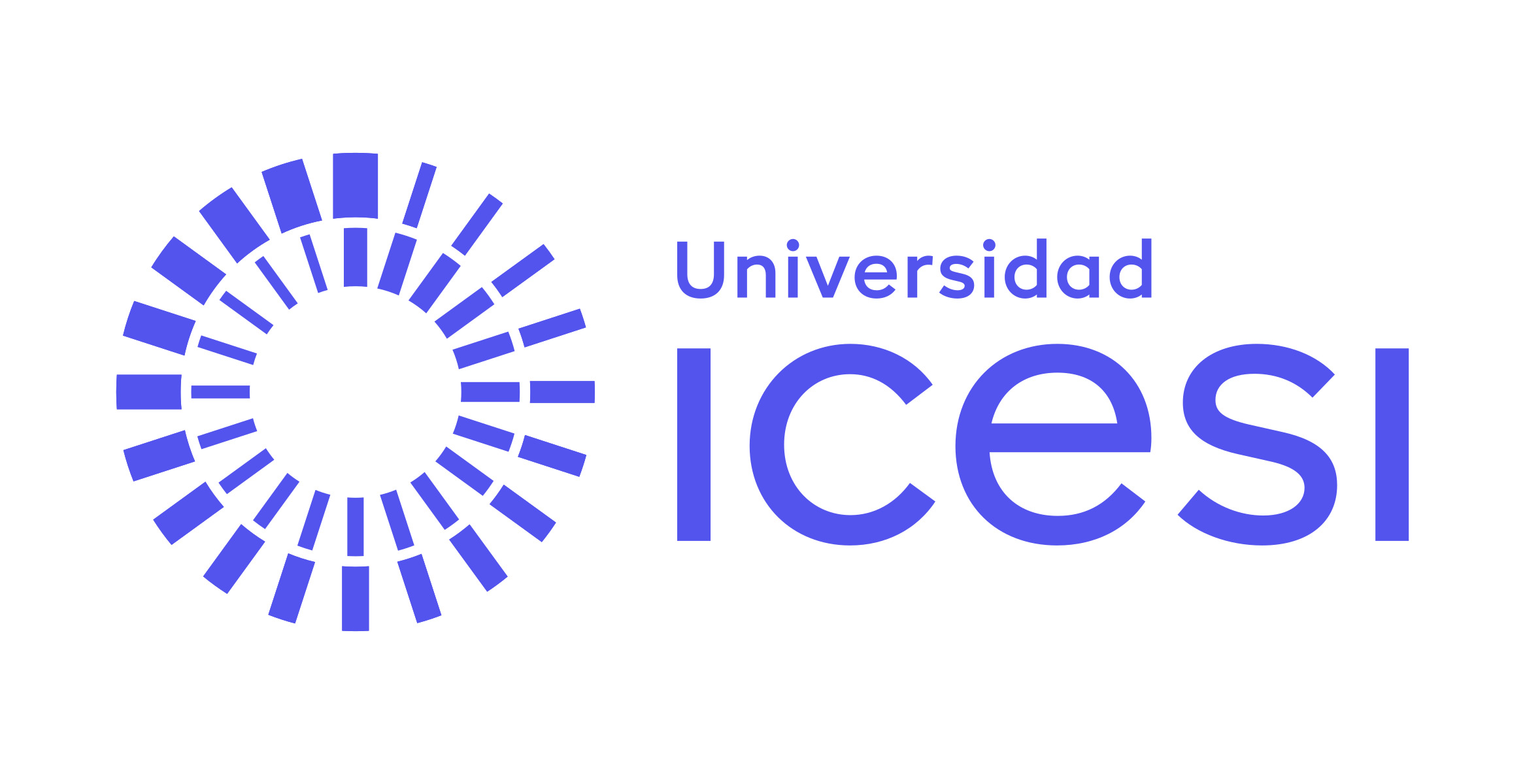Determinación del mecanismo de acción de diferentes AINEs a partir de su potencial inhibitorio sobre COX y los receptores de prostaglandina
Archivos
Fecha
Autores
Director de tesis/Asesor
Título de la revista
ISSN de la revista
Título del volumen
Publicador
Editor
Compartir
Resumen
El uso extendido de los AINEs ha conllevado al planteamiento de preocupaciones sobre sus efectos secundarios, especialmente cuando se emplean sin supervisión médica. A nivel molecular, estos fármacos inhiben la ciclooxigenasa (COX), enzimas que desempeñan un papel crucial en la producción de prostaglandinas. Los AINEs tienen diferentes blancos de acción y con afinidades diversas, volviéndose más específicas frente a una isoforma respecto a la otra. No obstante, se desconoce cómo estos medicamentos afectan específicamente los receptores de prostaglandinas y el mecanismo exacto de su efecto inhibitorio sobre las ciclooxigenasas, lo que justifica la necesidad de investigar a profundidad para elucidar su acción. Por este motivo, el presente proyecto tiene como finalidad contribuir a la investigación científica en describir el mecanismo de acción de AINEs seleccionados con base en su grado inhibitorio sobre ciclooxigenasa y la expresión de los receptores de prostaglandina. Para ello, se evaluó el efecto inhibitorio de seis AINEs sobre la ciclooxigenasa en la producción de PGF2α mediante ELISA competitivo y su efecto en la expresión de los receptores EP1, EP2, EP3 y EP4 en la línea celular HGC-27. Con ello, se confirmó la selectividad hacia COX-2 por el etoricoxib y celecoxib, se constató una alta inhibición del acetaminofén hacia COX y el ibuprofeno demostró una tendencia no selectiva frente a las ciclooxigenasas. Además, el meloxicam y el diclofenaco evidenciaron un efecto sobre los receptores de prostaglandina, siendo más equilibrado el efecto del diclofenaco. Asimismo, este estudio permitió establecer las concentraciones inhibitorias efectivas de dichos AINEs y su efecto sobre COX y receptores PGE2, proporcionando una base para optimizar su uso y conocer sus tendencias moleculares.
Abstract
The widespread use of NSAIDs has led to concerns about their side effects, especially when used without medical supervision. At the molecular level, these drugs inhibit cyclooxygenase (COX), enzymes that play a crucial role in the production of prostaglandins. NSAIDs have different targets and varying affinities, becoming more specific for one isoform compared to the other. However, it is unknown how these drugs specifically affect prostaglandin receptors and the exact mechanism of their inhibitory effect on cyclooxygenases, which justifies the need for in-depth research to elucidate their action. For this reason, the aim of this project is to contribute to scientific research by describing the mechanism of action of selected NSAIDs based on their inhibitory effect on cyclooxygenase and the expression of prostaglandin receptors. To this end, the inhibitory effect of six NSAIDs on cyclooxygenase in PGF2α production was evaluated using competitive ELISA and their effect on the expression of EP1, EP2, EP3, and EP4 receptors in the HGC-27 cell line. This confirmed the selectivity towards COX-2 by etoricoxib and celecoxib, high inhibition of acetaminophen towards COX was observed, and ibuprofen showed a non-selective tendency towards cyclooxygenases. Furthermore, meloxicam and diclofenac showed an effect on prostaglandin receptors, with the effect of diclofenac being more balanced. Likewise, this study allowed the establishment of the effective inhibitory concentrations of these NSAIDs and their effect on COX and PGE2 receptors, providing a basis for optimizing their use and understanding their molecular trends.

